cold hardy succulents
CasaLester RTP, NC (7b)
6 years ago
Featured Answer
Sort by:Oldest
Comments (62)
CasaLester RTP, NC (7b)
5 years agokaren__w z7 NC
5 years agoRelated Professionals
Carlisle Landscape Architects & Landscape Designers · New Mexico Landscape Architects & Landscape Designers · Oconomowoc Landscape Architects & Landscape Designers · Woodinville Landscape Architects & Landscape Designers · Brookside Landscape Contractors · Brandon Landscape Contractors · Coram Landscape Contractors · Fort Mill Landscape Contractors · Gaithersburg Landscape Contractors · Golden Landscape Contractors · Hickory Hills Landscape Contractors · Kearny Landscape Contractors · Longmont Landscape Contractors · Roswell Landscape Contractors · Welby Landscape ContractorsCasaLester RTP, NC (7b)
5 years agoCasaLester RTP, NC (7b)
5 years agoCasaLester RTP, NC (7b)
5 years agolast modified: 5 years agokaren__w z7 NC
5 years agoCasaLester RTP, NC (7b)
5 years agoCasaLester RTP, NC (7b)
5 years agokaren__w z7 NC
5 years agolast modified: 5 years agoCasaLester RTP, NC (7b)
5 years agolast modified: 5 years agokaren__w z7 NC
5 years agopambucol
5 years agoCasaLester RTP, NC (7b)
5 years agopambucol
5 years agoCasaLester RTP, NC (7b)
5 years agolast modified: 5 years agoCasaLester RTP, NC (7b)
5 years agoCasaLester RTP, NC (7b)
4 years agopambucol
4 years agoCasaLester RTP, NC (7b)
4 years agopambucol
4 years agolorabell_gw
4 years agolast modified: 4 years agoCasaLester RTP, NC (7b)
4 years agoCasaLester RTP, NC (7b)
4 years agoCasaLester RTP, NC (7b)
4 years agokaren__w z7 NC
4 years agoCasaLester RTP, NC (7b)
4 years agopambucol
4 years agoCasaLester RTP, NC (7b)
3 years agokaren__w z7 NC
3 years agoCasaLester RTP, NC (7b)
3 years agokaren__w z7 NC
3 years agoVlad Pambucol
3 years agoVlad Pambucol
3 years agoCasaLester RTP, NC (7b)
3 years agolast modified: 3 years agoCasaLester RTP, NC (7b)
3 years agoCasaLester RTP, NC (7b)
3 years agoCasaLester RTP, NC (7b)
2 years agoCasaLester RTP, NC (7b)
2 years agoCasaLester RTP, NC (7b)
2 years agoCasaLester RTP, NC (7b)
2 years agolast modified: 2 years agokaren__w z7 NC
2 years agoCasaLester RTP, NC (7b)
2 years agolast modified: 2 years agokaren__w z7 NC
2 years agoCasaLester RTP, NC (7b)
2 years agokaren__w z7 NC
2 years agoJurassic Park
2 years agoCasaLester RTP, NC (7b)
2 years ago
Related Stories

GARDENING GUIDES10 Cold-Hardy Succulents for Cool-Season Interest
These attractive plants shrug off colder temperatures, and many can be brought inside in containers in extra-chilly climates
Full Story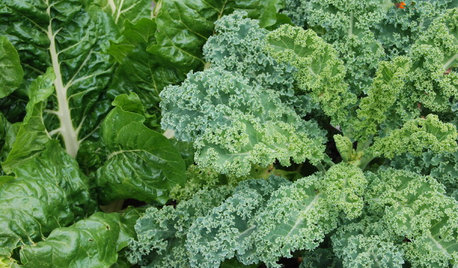
FALL GARDENINGFrost-Hardy Foliage That Loves a Cold-Climate Garden
When winter cuts a bleak swath through other plants, these edibles and perennials flourish brilliantly
Full Story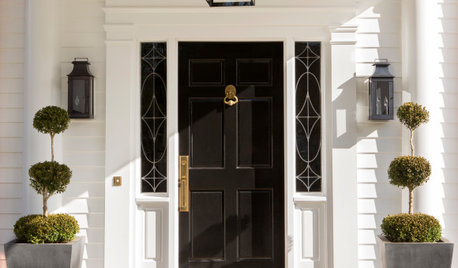
GARDENING GUIDESTop Cold-Hardy Evergreens for Container Gardens
These tough beauties look good year-round and add consistency to container arrangements
Full Story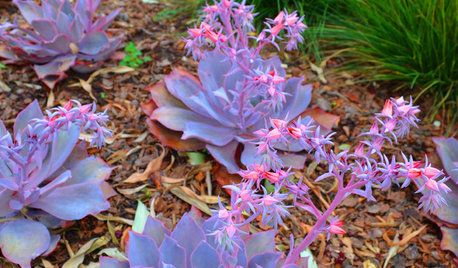
GARDENING GUIDESGreat Design Plants: Stars of the Succulent Garden
Amazing colors, exuberant blooms, low maintenance ... is it any wonder Echeveria is so popular?
Full Story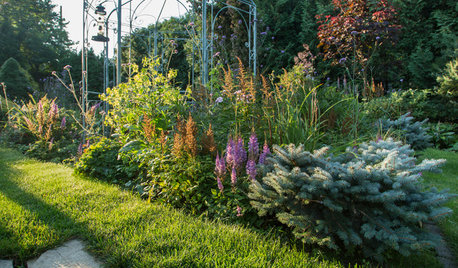
INSPIRING GARDENSMy Houzz: A Canadian Garden Is Well-Prepared for the Cold Weather Ahead
Through trial and error over 3 decades, a retired schoolteacher-turned-hobby gardener creates an idyllic garden retreat
Full Story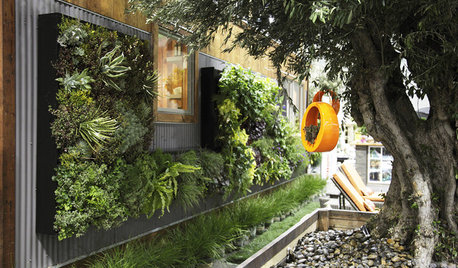
GARDENING GUIDESSucculents Juice Up Outdoor Gardens
Climbing garden walls or sprouting from cans and crates, succulent plants add a creative touch to ordinary landscapes
Full Story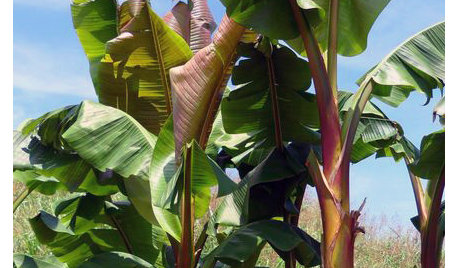
GARDENING AND LANDSCAPINGBring the Tropics to Your Cold-Climate Garden
Delightfully deceptive, these plants combine a durable nature with a tropical look to add a touch of the exotic to cooler landscapes
Full Story
GARDENING GUIDES10 Cold- and Heat-Tolerant Perennials and Shrubs for the Arid West
These flowering native plants shrug off the cold of winter and heat of summer while adding beauty to the drought-tolerant landscape
Full Story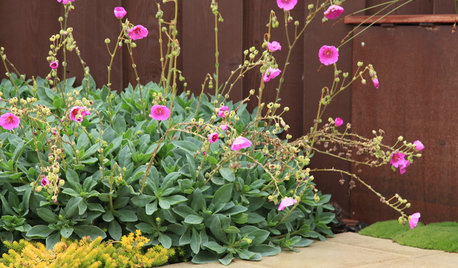
SUCCULENTS10 Spectacular Flowering Succulents
These drought-tolerant plants dazzle with their colorful floral displays
Full Story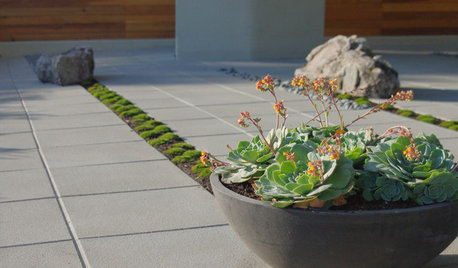
GARDENING GUIDESPlant These 12 Succulents for Instant Impact in Containers
These gorgeous, easy-care succulents are ideal plants for container gardens
Full Story






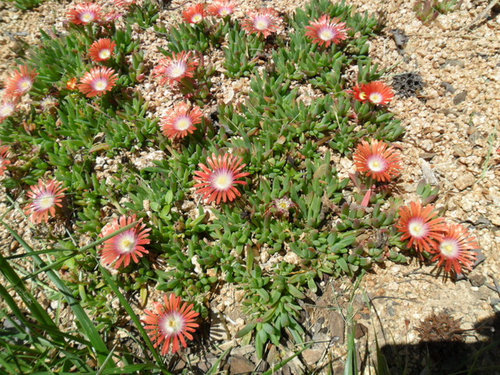
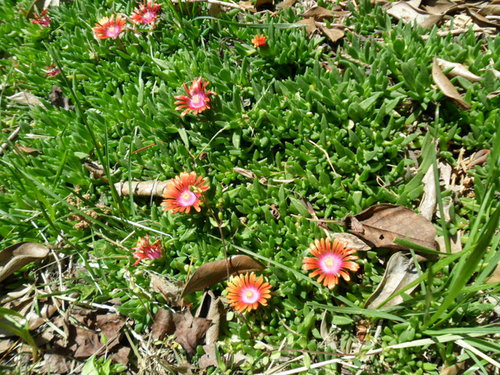

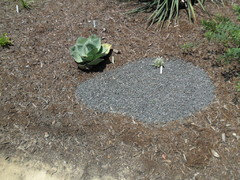
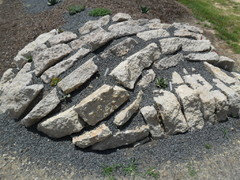





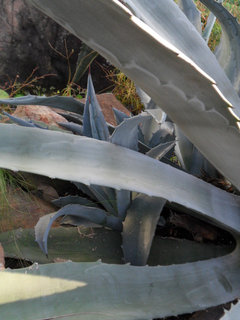



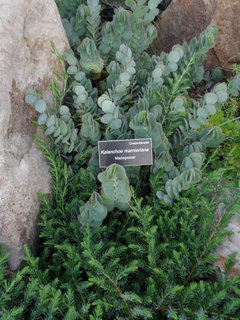
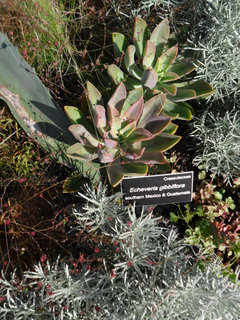
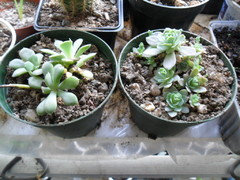
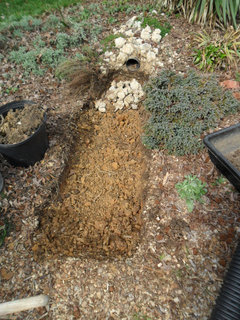

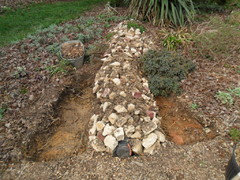
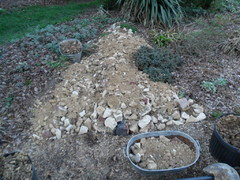
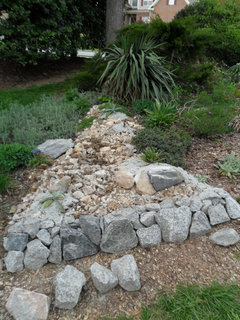
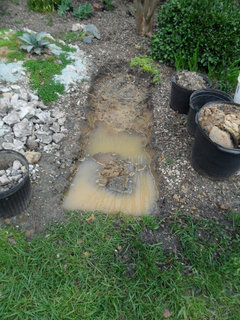
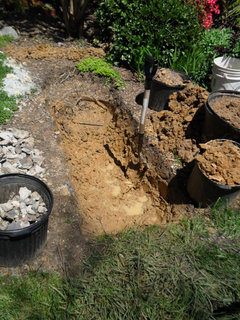


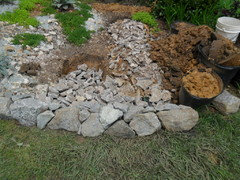
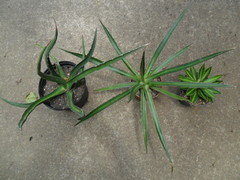
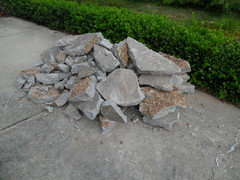
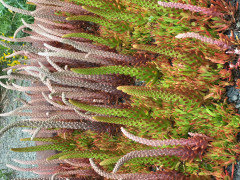
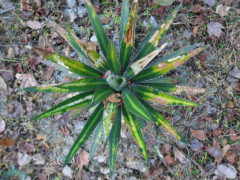
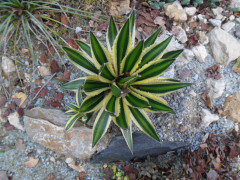

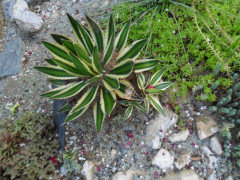
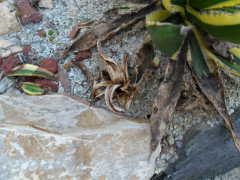
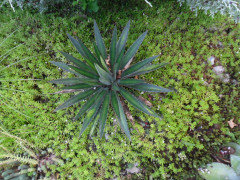
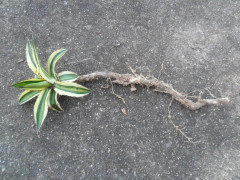
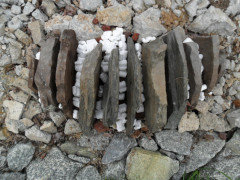





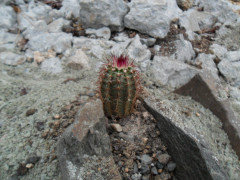

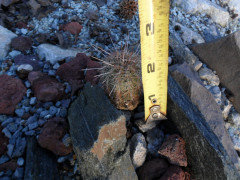

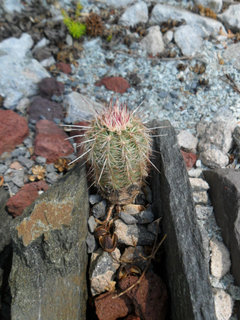
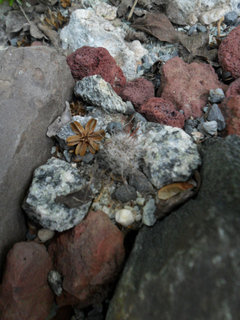
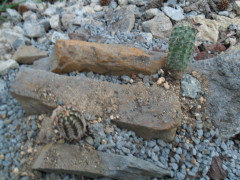
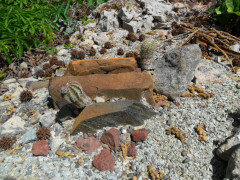



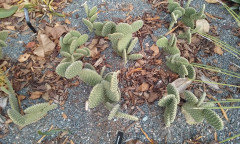
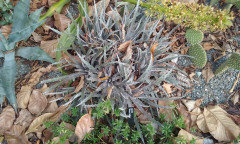







CasaLester RTP, NC (7b)Original Author